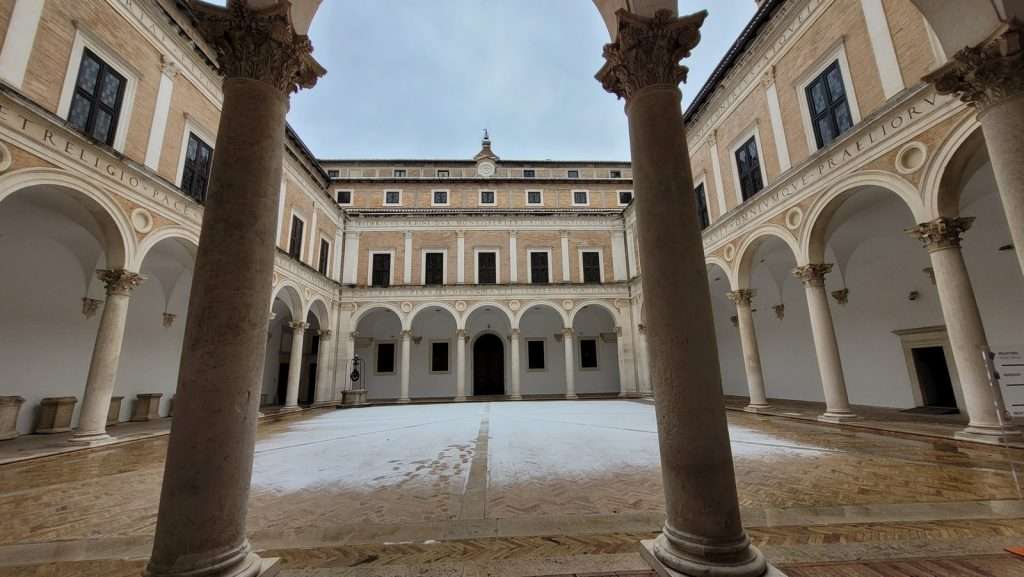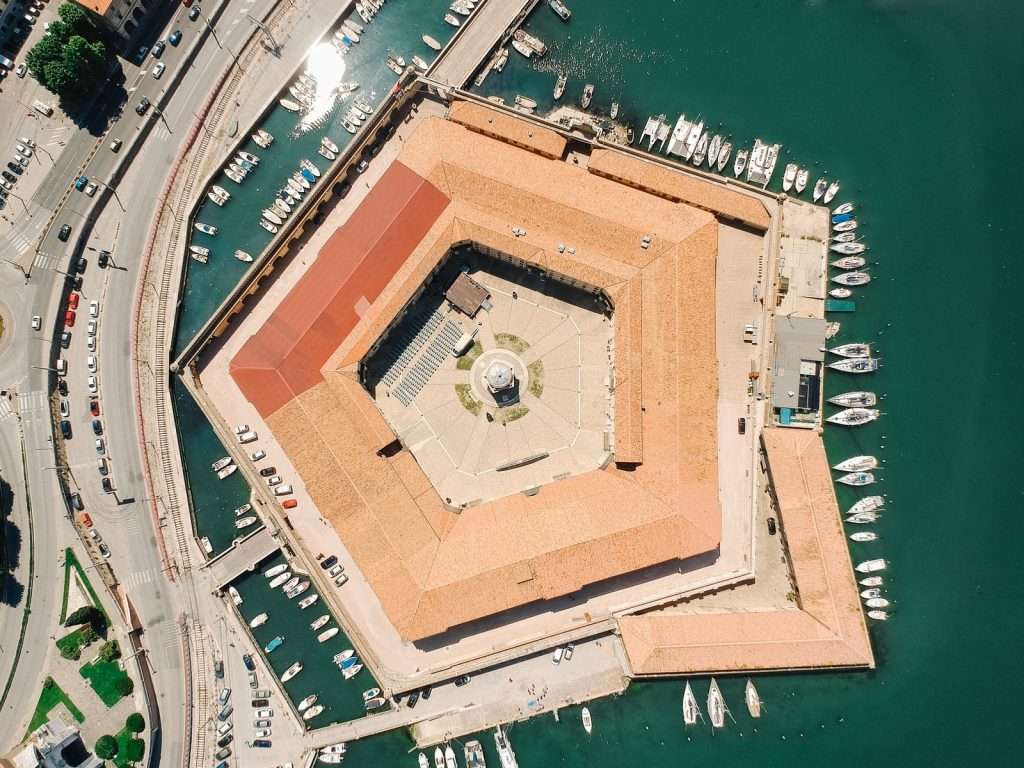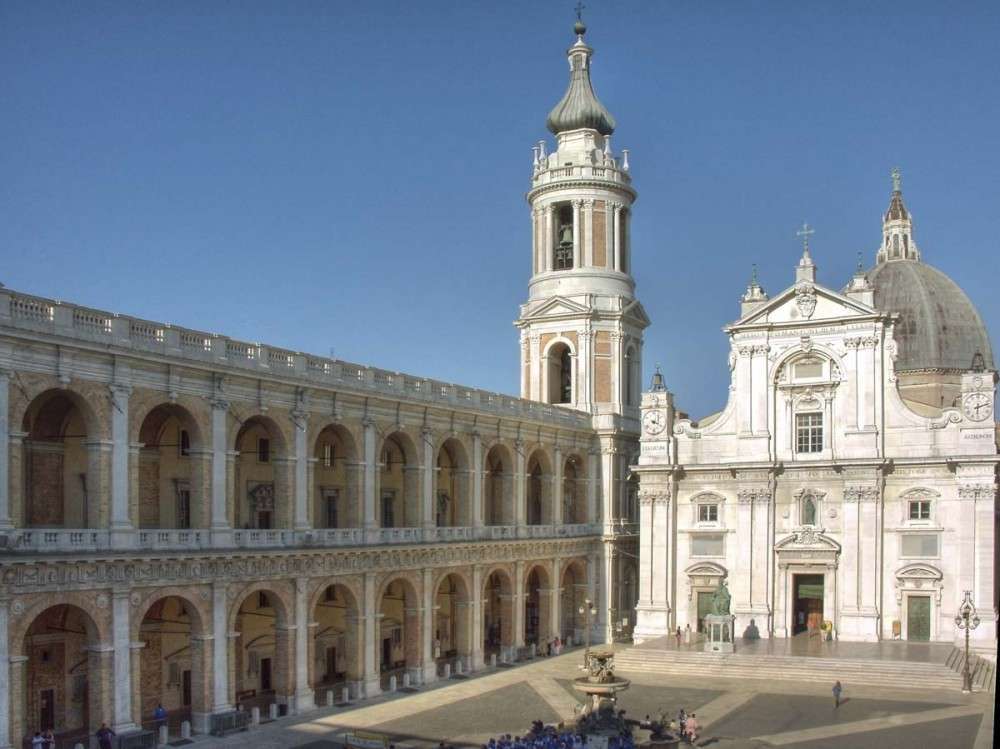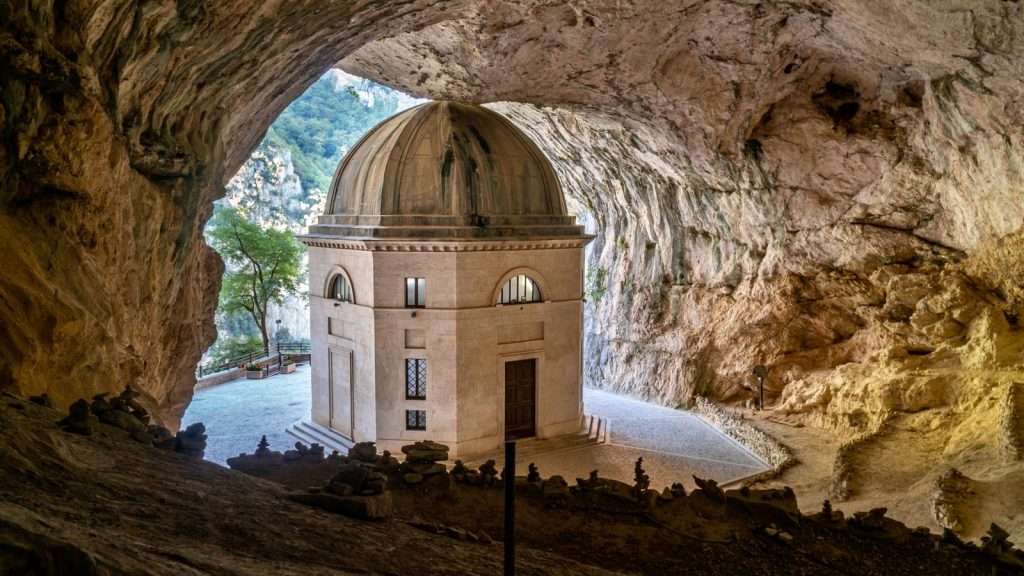Le Marche Travel Guide
The Marches region, known as Le Marche (lay Mar-kay) in Italian, is a tangle of contradictions. Its wild landscape of craggy hills and dramatic mountains gives way to lush forests and pristine beaches. The tidy, sleepy hill towns and farming villages that dot the sage- and wheat-colored patchwork countryside give no hint that this region is commercially successful, with a bustling port in Ancona and dozens of family-owned businesses from Pésaro to Ascoli Piceno.
The Marchigiani, as the region’s denizens are called, have a less-than-glowing reputation among their compatriots. “Meglio un morto in casa che un marchigiano fuori alla porta” (better to have a corpse in the house than a Marchigiano at the door) is a saying that dates back to the days when men from the Marches collected taxes for the pope. On the other hand, some of Italy’s most revered figures—notably Raphael and composer Giacchino Rossini—hail from here.
Separated into four parallel provinces—Pésaro-Urbino, Ancona, Macerata, and Áscoli Piceno, each consisting of mountains, plains, and the sea—the Marches embody what its tourism board calls “Italy in One Region.” Travelers seeking the refinement of Tuscany with the tranquility of Umbria’s hill towns will find a prize in the Marches.
Traveling to and Around Le Marche
Le Marche is bordered by the regions of Tuscany, Umbria, Emilia-Romagna, Abruzzo, and Lazio to its north, west, and south. The eastern border of Le Marche borders the Adriatic Sea. The Marches are also the gateway to the Republic of San Marino, which is almost completely contained within Emilia-Romagna.
Many who visit the Marches opt to drive, as its notable sights are fairly spread out. Highways and small roads in Le Marche are well-maintained.
Parking in cities can be tricky because of narrow roads and ZTL restrictions.
Trenitalia’s high-speed Frecciarossa and Frecciabianca trains make stops in Ancona. Le Marche is served by numerous regional trains, particularly along its coast.
Marche Airport, previously known as Ancona-Falconara Airport, is located in Ancona. It is served by small European carriers, like Ryanair.
When to Go to Le Marche
The Marches region is a year-round destination. But if you want to visit when it’s at its most lively, go in the summer or fall.
Two popular opera festivals take place in the Marches during summer. In July, there is the Macerata Opera Festival held at the city’s famous Sferisterio amphitheater. In August, Pésaro, the birthplace of Giacchino Rossini, hosts the Rossini Opera Festival. Meanwhile, jazz performances take center stage in Ancona, which hosts the Ancona Summer Jazz Festival in June-July; the fall edition is held in early November.
Also taking place in summer are two festivals that highlight the Marches’ rich medieval and Renaissance history. La Giostra della Quintana, a medieval jousting tournament, takes place in Ascoli-Piceno on the second Saturday of July and the first Sunday of August. Later, on the third Sunday in August, Urbino pays homage to the Duke of Montefeltro, the aristocrat who shaped the city’s famous Renaissance cityscape, with the Festa del Duca. (If you miss the Festa del Duca, Urbino also celebrates him on his birthday—June 7—and for a weekend in December.)
In the fall, the Marches is the place for truffle lovers when Acqualagna (in the province of Pésaro-Urbino) hosts the Fiera Nazionale del Tartufo. It runs from the end of October through November.
Where to Go in the Marches
Urbino

The Marches’ only UNESCO World Heritage Site, the city of Urbino is a Renaissance jewel built during the reign of the Duke of Montefeltro.
Ancona

The largest port in the mid-Adriatic, Ancona is the regional capital. Its biggest attractions are the Lazzaretto, a pentagonal structure built by architect Luigi Vanvitelli, and the cathedral of San Ciriaco.
Also known as the Mole Vanvitelliana or the Mole Ancona, the 18th-century Lazzaretto was once a place to quarantine visitors from the east. Now it is used as an exhibition space and concert hall, including during the popular Ancona Jazz Festival (see events above).
San Ciriaco, the Duomo of Ancona, sits high on the Guasco hill overlooking the city. It is dedicated to the ancient Armenian saint Cyriacus, the patron saint of Ancona, whose feast day is celebrated each May 4. One of the most ancient domed churches in Italy, the 13th-century San Ciriaco sits on a site that has foundations dating back as far at the 3rd century BCE.
In addition to the Lazzaretto and the duomo, Ancona has a small museum network, which includes a fine archeological museum and a pinacoteca with works by Carlo Crivelli, Lorenzo Lotto, and Titian. The Riviera del Conero is a strand of 16 beaches that extend southward from Ancona.
Loreto

A major pilgrimage stop for Marians, Loreto is the site of what many believe to be Mary’s house. Legend holds that angels airlifted the former home of the Virgin Mary out of Palestine and resituated here. Famous architects and painters from the Renaissance, including Bramante, Antonio Sangallo the Younger, and Luca Signorelli, had a hand in designing and decorating the Santuario della Santa Casa, the structure that was built as protection around the shine.
Frasassi Caves

Located approximately four miles south of the town of Genga, the Frasassi Caves are some of the most famous caves in Italy. In addition to the vast network of stalactites and stalagmites, the Frasassi are also known for the picture-perfect sanctuary Tempietto del Valadier (reviews) which is located near the entrance.
